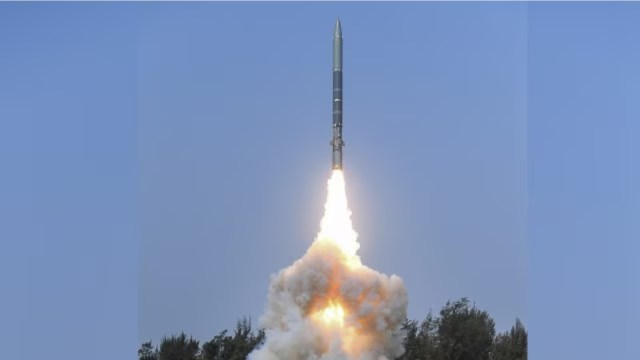The Defence Research and Development Organisation (DRDO) conducted a test of a next-generation torpedo release system aimed at enhancing the Navy’s anti-submarine warfare capabilities, as announced by the Defence Ministry.
Development of SMART System:
- The Supersonic Missile-Assisted Release of Torpedo (SMART) system has been developed by the DRDO.
- It is designed to launch lightweight torpedoes using a missile-based mechanism.
- The system extends the range of targeting submarines beyond the conventional limits of lightweight torpedoes.
Functionality and Deployment:
- The SMART system can target submarines located hundreds of kilometers away.
- It is particularly useful when immediate action is necessary upon detecting an enemy submarine, especially in the absence of other assets.
- The system is capable of deployment from both coasts and warships.
Test and Validation:
- The system was successfully flight-tested at around 8.30 am from a ground mobile launcher located at the Dr APJ Abdul Kalam Island off the Odisha coast.
- Various advanced subsystems are integrated into the canister-based missile system, including two-stage solid propulsion and precision inertial navigation.
- The system carries an advanced lightweight torpedo missile as its payload, coupled with a parachute-based release mechanism.
- State-of-the-art mechanisms such as symmetric separation, ejection, and velocity control were validated during the test.
Acknowledgment:
- Defence Minister Rajnath Singh commended the DRDO for the successful flight test of the SMART system.
- He emphasized that SMART would bolster the Navy’s capabilities.
Multiple Choice Questions (MCQs) with Answers:
- Who developed the Supersonic Missile-Assisted Release of Torpedo (SMART) system?
a) Indian Navy
b) DRDO
c) Indian Air Force
d) Indian Army
Answer: b) DRDO - What is the main purpose of the SMART system?
a) Airborne reconnaissance
b) Landmine detection
c) Anti-submarine warfare
d) Surface-to-air defense
Answer: c) Anti-submarine warfare - Where was the SMART system flight-tested?
a) Chennai
b) Mumbai
c) Dr APJ Abdul Kalam Island
d) Andaman and Nicobar Islands
Answer: c) Dr APJ Abdul Kalam Island - What advanced mechanism is NOT integrated into the SMART system?
a) Precision inertial navigation
b) Symmetric separation
c) Parachute-based release
d) Rocket-assisted launch
Answer: d) Rocket-assisted launch
